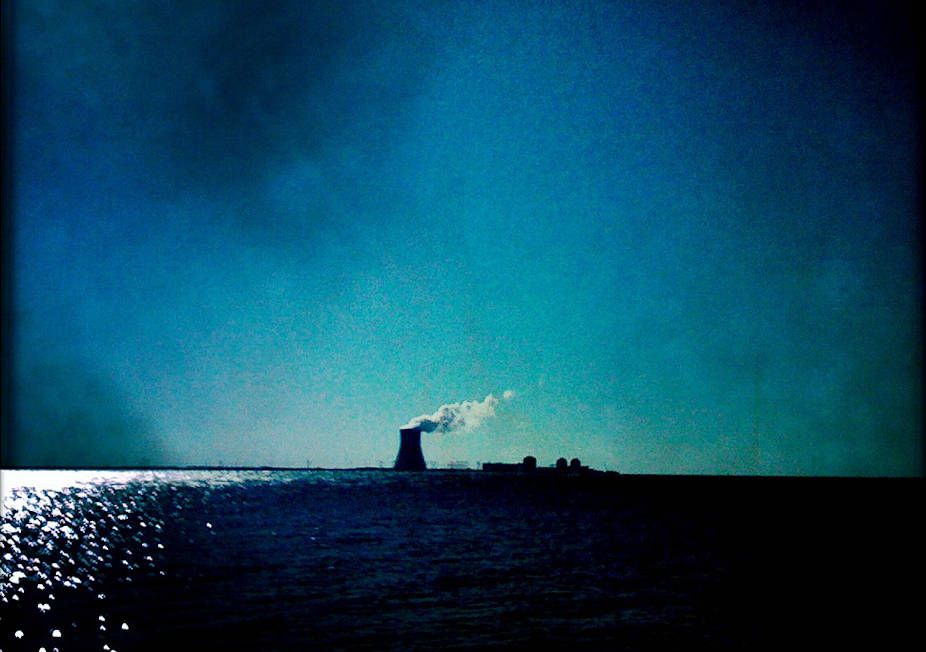Australia aims to cut greenhouse gas emissions by 5% by 2020 and 80% by 2050 (compared with 2000 levels). This will be achieved by substituting renewable energy and gas for coal and adopting carbon capture and storage (CCS) in the generation of electricity. Nuclear energy is not being considered: I believe this omission is irresponsible and unrealistic. The reluctance to look at the nuclear option is not surprising one year after Fukushima, But technology has improved vastly since the Fukushima plant was installed and Australia is relatively free from geological perturbations. Investing in the new, safer nuclear plants could help avert disastrous climate change outcomes down the track.
In the government’s strategy, geothermal energy is expected to become important by year 2050, replacing some coal. But electricity supply continues to be heavily dependent on the carbon-intensive fuels of coal and gas, whose emissions will be reduced by the introduction of CCS. However, the technology for both CCS and geothermal is unproven.

Another uncertainty is the extent and potency of fugitive emissions in the use of natural gas. The quantities of fugitive methane associated with the mining, transport and processing of natural gas may be higher than we think. We may also have to reappraise methane’s global warming potential, as it may be more dangerous than presently gauged.
It is irresponsible of Australia to base its climate change policy on such flimsy footings.
Nuclear technology is proven and the new nuclear plants are very safe. Adopting nuclear power would remove the serious doubts about our ability to make a contribution to cutting global emissions.
The cost savings would amount to many billions of dollars if Australia chose to generate a proportion of its electricity by building 20 nuclear power plants from 2021. The capital, operating, and maintenance costs of introducing nuclear energy are not dissimilar to the costs of switching to gas, to carbon capture and storage and adopting new technologies, as in the Commonwealth’s energy plan.
The major costs savings from embracing nuclear energy are through the elimination of a good deal of both the costs of overseas abatement and of carbon taxes. I estimate the total savings by 2050 to be over A$400 billion. Furthermore, 20 nuclear plants would drive down our CO₂ equivalent emissions to a mere 46 million tonnes by year 2050; Treasury’s modelling estimates we’ll be generating 111 million tonnes.
New nuclear plants are being built and planned elsewhere — there are five plants under construction in the US and ten planned for Britain in the next decade, not to mention the many plants planned in Asia and Russia.

Sites could no doubt be found in Australia with low geological and climate risks for the safe Generation III+ or the Generation IV plants.
However, US experience suggests that the safety issue will not turn on the safety of the plants themselves but on disposal of radioactive spent fuel. In the long run this could be the highest hurdle facing nuclear energy adoption in Australia.
The 100 operating nuclear plants in the US are forced to store their highly radioactive waste on site. This creates a potential for the release of material from the stores as a result of accident or terrorist activity. Large sums of money have been spent on developing a national repository for nuclear waste, which was approved by Congress. But the Obama administration has withdrawn its support for the site. Sixty-six utilities successfully sued the administration for breach of contract in not accepting spent fuel, at potential cost of US$11 billion.
Having emphasised the benefits of nuclear energy, I nevertheless acknowledge the political realities. There is fierce opposition among NGOs and the Australian Greens to the nuclear option. At the same time there is undoubtedly a good deal of circumspection among the public, continually reinforced by these vocal opponents and by the publicity surrounding the Fukushima disaster, no doubt renewed on its anniversary.
A change in circumstances — such as heavy cost pressures of renewables and CCS or their failure to deliver, combined with rising temperatures — will be needed to force a reappraisal of the nuclear option.
Notwithstanding the extant political realities, the nuclear energy option should not be omitted from energy/greenhouse policy analyses — as it has been in Treasury modelling — on the grounds of political incorrectness. The serious doubts surrounding the effectiveness of the proposed technical solutions for meeting our climate change challenge, together with their high cost, demand that all energy sources and their benefits and costs should be canvassed in official forecasts.

